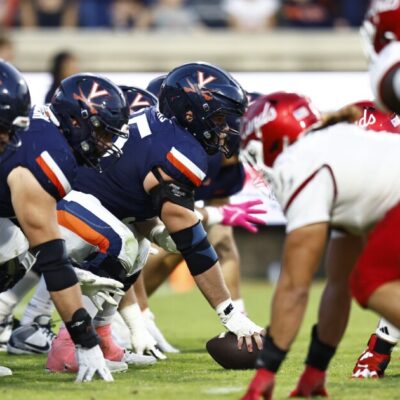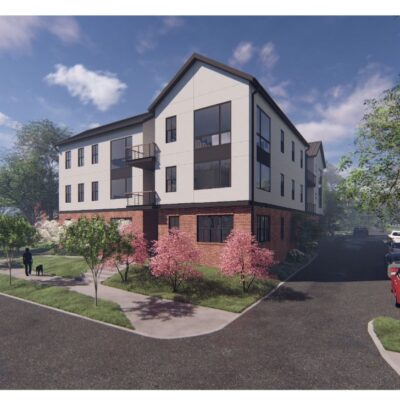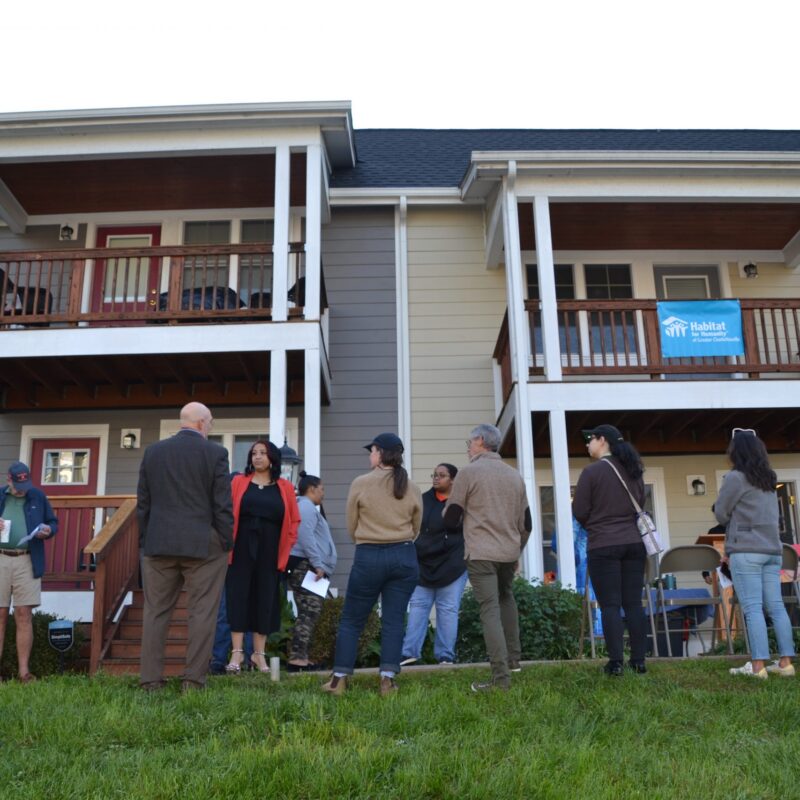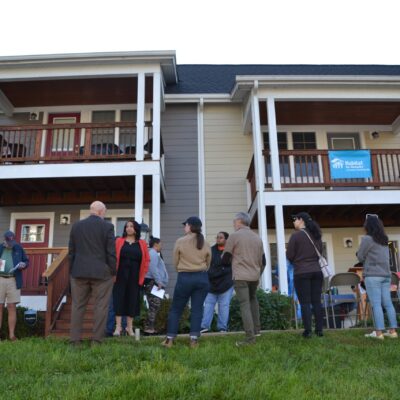
On Thursday, October 26, UVA anthropology Professor and architectural history Chairman Dell Upton spoke with a group of students, faculty and civilians about how the architecture of civil rights memorials in the South speaks to a city, and how the memorials may affect the future.
Upton stuck to memorials based on the summer of 1964, or “Freedom Summer,” a peak year in voter registration drives and nonviolent protests by African Americans. He said that civil rights memorials are being built in increasing numbers recently and explained the evolution in their design. The earliest monuments depicted leaders of the movement, while later designs focused on “rank-and-file participants” and abstractions of the events, said Upton.
“How can you make monuments and still ensure regional reputation of Southern cities?” Upton asked. “Can a democratic society commemorate [events] in an appropriate language?”
Upton showed photos of numerous memorials and explained how trends in memorial design can alter a memorial’s message and history.
As an example, he showed two memorials of the same event—police dog attacks on civil rights campaigners in Birmingham, Alabama’s Kelly Ingram Park. The first depicts a gaunt police officer gripping a boy as the officer’s dog lunges forward—Upton noted the officer’s “Nazi-esque” appearance. The second is an attempt at an event abstraction: Park visitors may walk between two metal walls that feature dogs on leashes lunging toward the sidewalk between them. This second memorial urges identification with the victims of the attacks, and may indicate the influence of Christian martyrdom memorials.
So if Charlottesville decides to follow the trend and build a civil rights memorial or two, how should the City proceed? Upton didn’t talk specifically about our town, but left his audience with a picture of the Strom Thurmond statue at the South Carolina State House, altered to include the name of a daughter the senator fathered with an African-American woman. Perhaps the next trend in monuments, Upton said, will display “black and white history intertwined.”





